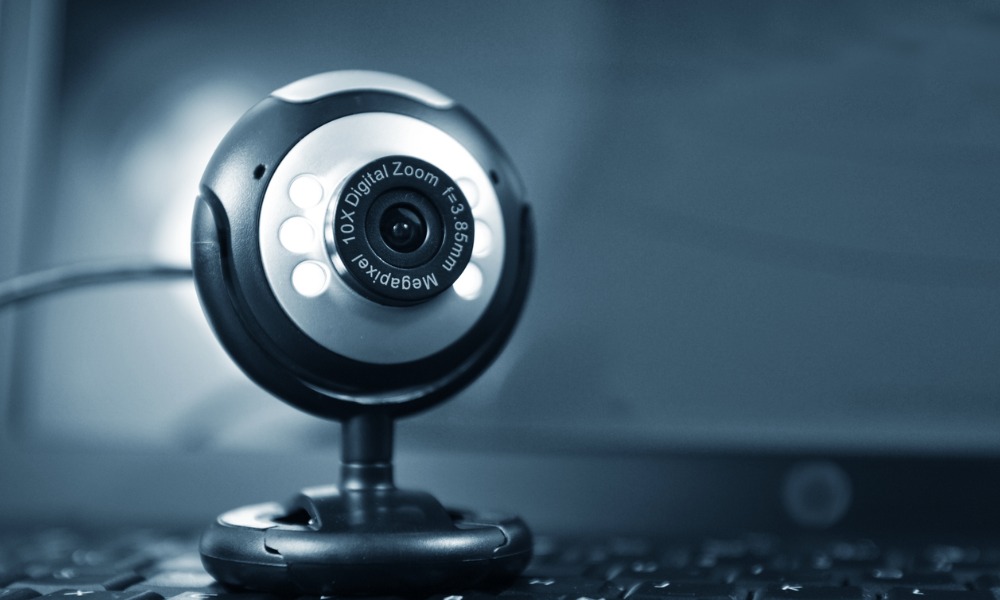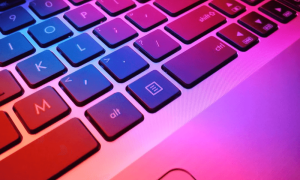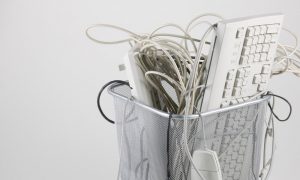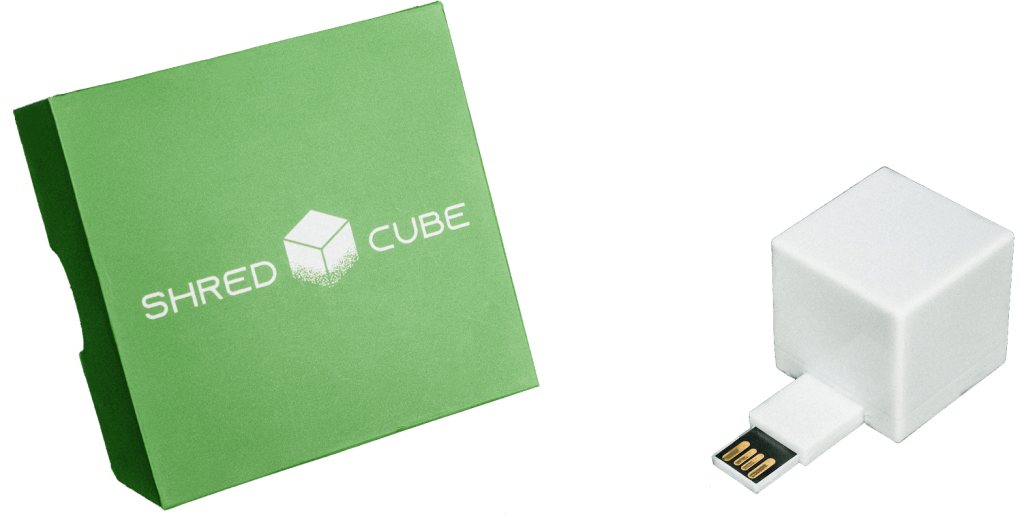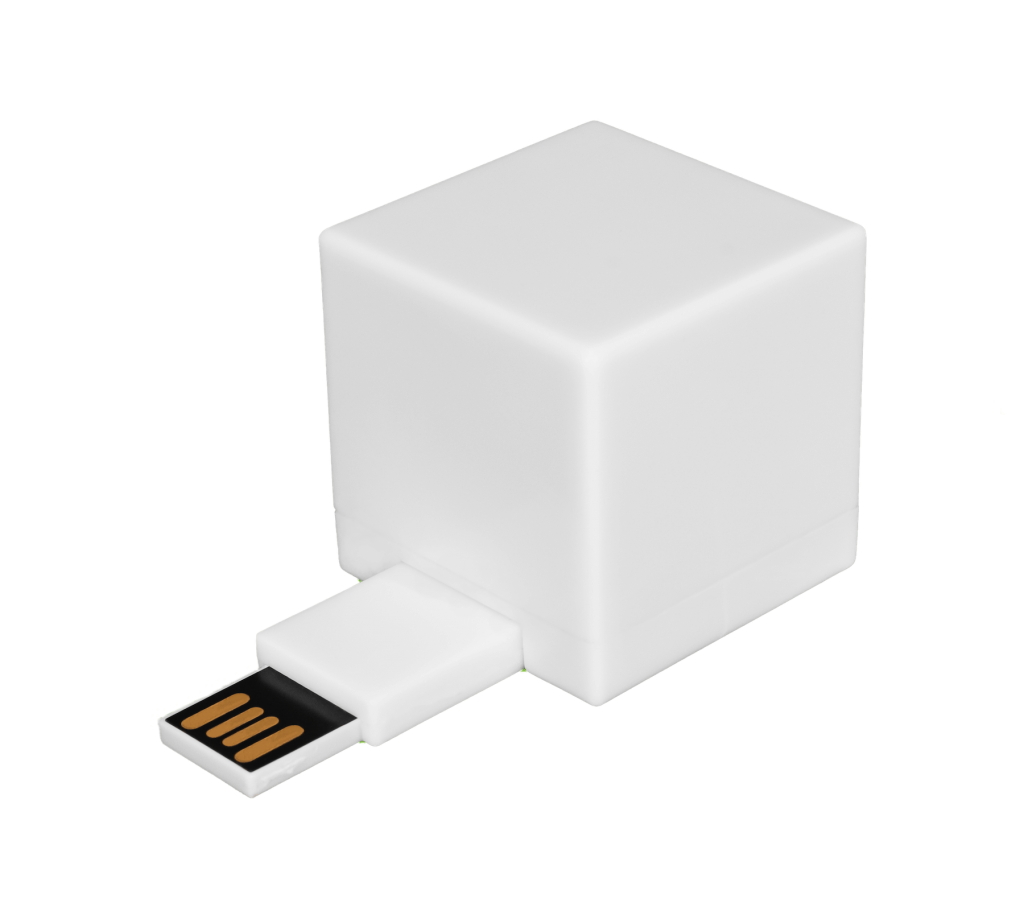Let’s talk about webcam security. Most people have webcams all over their homes and businesses. You probably have a webcam attached to your phone, laptop, tablets, and desktop computers, as well as security systems, video baby monitors, and other WiFi-enabled cameras. These devices have become part of modern living and communicating, but they are also vulnerable to hacking, potentially allowing scam artists to see intimate details about your life.
Some criminals hack webcams to record people in compromising situations and force them to pay a ransom for the videos. Others use the webcam as an entry point into an individual’s personal or business network so they can steal financial or personal data or download malware onto the victim’s device.
You need to protect yourself, so this guide explains how to tell if your webcam has been hacked and gives you tips on boosting your webcam security.
How to Tell If Your Webcam Security Has Been Compromised
Most people don’t realize their webcam has been hacked until the damage has been done. You should be proactive about monitoring for signs of hacking to protect yourself. You can check to see if your webcam has been compromised by working through the following steps.
1. Look at the Light on the Webcam
Check to see if the on-indicator light is illuminated. You should look through your programs and extensions to see if any of them are using the camera without your knowledge if you find that the light is on but you weren’t using the camera. You may have been hacked if you cannot find a reason for the light to be on.
2. Review Your Saved Videos
Your saved videos should only include those you recorded. The presence of videos or images you don’t remember recording indicates that your webcam may have been hacked. You can use this step to check both your computer and your phone.
3. Try to Activate the Webcam
Some hackers can turn off the light on the webcam so you can’t tell you’re being recorded. Try to activate the webcam manually, and if you get an error message that it’s already in use, you may be the victim of hacking.
4. Reboot the Computer
Reboot the computer after you have worked through these steps, then watch the webcam indicator light. You may have been hacked if the light comes on automatically when you turn on the computer but ensured no extensions are using the camera.
Turn off the device if you believe you were hacked. Contact a cybersecurity specialist or a trustworthy electronics repair shop to look over the device and advise you on what steps to take next.
How to Improve Webcam Security
Don’t wait until you become the victim of webcam hacking. You should take steps to protect yourself before hackers gain access to your cameras. These tips can help you improve your webcam security:
1. Cover or Unplug the Webcam
Consider covering or unplugging your camera when not in use. Some webcams come with covers, or you can buy cellphone cases that come with sliding covers for the lens. Tape can also work in a pinch.
The cover prevents criminals from taking videos or seeing you, even if they can hack your webcam. Mark Zuckerburg and former FBI director James Comey even cover their webcams when they’re not in use, underscoring the legitimacy of this method.
2. Install Security Software
Your computer needs a robust suite of security software to protect your webcam as well as its general security. Make sure you have anti-malware, antivirus, and anti-spyware software, plus a strong firewall, and look for webcam security in particular when choosing your software.
Remember to keep the software and operating systems on all your electronics up to date. Hackers frequently access computers or other devices through holes in outdated software, and updates are critical for patching these vulnerabilities.
3. Avoid Public Wi-Fi
Getting on a public Wi-Fi network makes you vulnerable to hackers, so it’s wise to avoid public Wi-FI whenever possible. Only access public Wi-Fi through a virtual private network (VPN), and use a password-protected hotspot through your phone. Never send personal emails or log into sensitive accounts such as bank accounts if you have to use public Wi-Fi.
4. Don’t Click on Unknown Links or Attachments
Unknown links and attachments can pose a significant threat to your digital security, and you should never click on them. Nefarious links and attachments can put malware onto your computer that allows someone to gain remote access to your webcam.
Keep an eye out for phishing emails in particular. These emails typically pretend to be from someone you know to lure you into following a link, or they may include the promise of something free or a threat that something bad is going to happen if you don’t click on a link or download an attachment.
Keep webcam security in mind when you’re getting your computer repaired or serviced as well. Only work with repair professionals from trustworthy organizations — letting someone you don’t know get into your computer puts you and your data at risk.
Enhance Your Security With Shred Cube
You should always delete programs you don’t recognize, such as remote access programs that you didn’t install, but it’s important to remember that deleting programs or files doesn’t permanently remove them from your computer. They remain on your computer, even if you delete them from the recycle bin, and a criminal could easily access those files to steal your personal information or create other problems.
Shred Cube permanently removes deleted files so they can’t harm your computer, threaten your webcam security, or compromise your security in any other way. Our product also comes in a USB thumb drive format, so you never having to worry about downloading the wrong link.
Protecting your electronics and ensuring that your webcam or other peripherals don’t compromise your security is critical, and we can help. Contact our team today to learn more.


